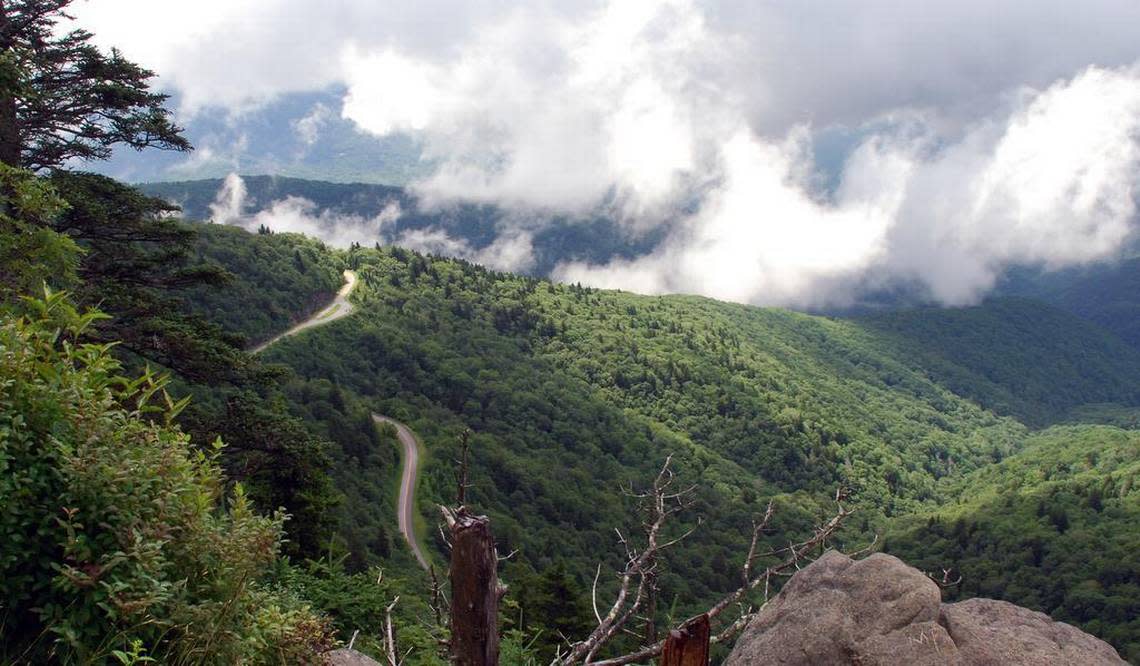Hikers flocked to ‘remote’ NC plane crash site for years. Why a park just stepped in

Hikers flocked to a “remote” plane crash site for years — but now, the Blue Ridge Parkway has put a stop to the dangerous North Carolina trend, officials said.
Contractors removed the wreckage from the decades-old plane crash, which posed safety risks and environmental concerns as droves of people used “unauthorized” trails to reach it, the National Park Service said June 27 in a news release.
“While we understand the interest associated with this site, the resource damage and visitor safety issues presented too great a threat to take no action,” Blue Ridge Parkway Superintendent Tracy Swartout said in the release.
Photos posted to Facebook show a helicopter lifting the “graffiti-covered fuselage” from the hard-to-reach area after 40 years.
The wreckage was pulled from the Waterrock Knob area, southwest of the popular mountain town of Asheville and near milepost 450 on the parkway. The region reportedly has some of the highest elevations along the parkway, with a visitors center that sits at 5,820 feet.
“In addition to the cultural significance of this area to the Eastern Band of Cherokee Indians, the Waterrock Knob area is one of four high elevation sites in the park where there is a concentration of rare and sensitive species, including Pinkshell azaleas,” rangers wrote.
The plane crash wreckage had been in the area for four decades. The small Cessna 414A aircraft went down during stormy conditions, killing two people on board, according to park officials and WHNS.
“At the time of the 1983 crash, the engines were salvaged from the site, but the fuselage, wings and other debris were left on-site,” the park service wrote.
Then in 2016, the land that had the wreckage was given to the Blue Ridge Parkway.
“Since that time, the site has seen a high volume of visitors accessing the wreckage via unauthorized social trails, causing concerns for the safety of hikers who can get lost and injured, as well as severe damage to rare and sensitive species from trampling, erosion, soil compaction and vegetation removal,” officials wrote. “In recent years, traffic to the site has increased largely to greater visibility on social media and various websites.”
The Blue Ridge Parkway stretches more than 400 miles through the mountain scenery of Western North Carolina and Virginia. More than 15 million people visited the parkway last year, making it the most popular National Park Service site.
The park didn’t immediately share additional information with McClatchy News on June 27.
‘Aggressive’ bears charge at hikers, attack dog off Blue Ridge Parkway, rangers say
This state park in North Carolina ranks among nation’s best. Why adventurers love it

